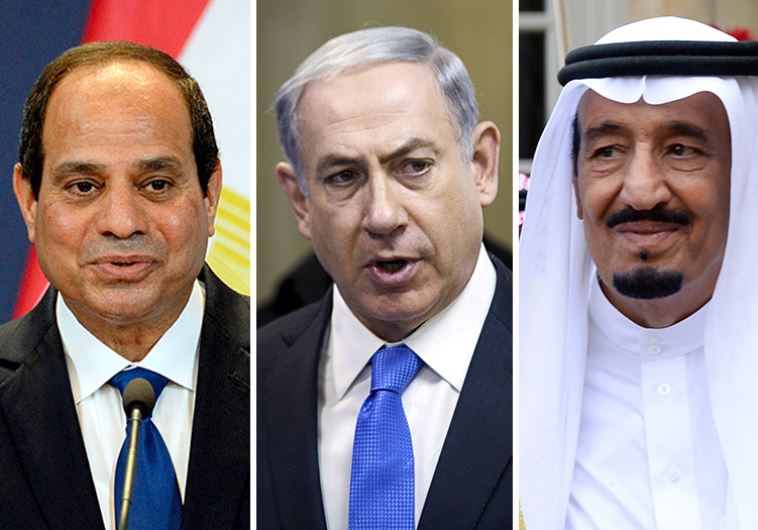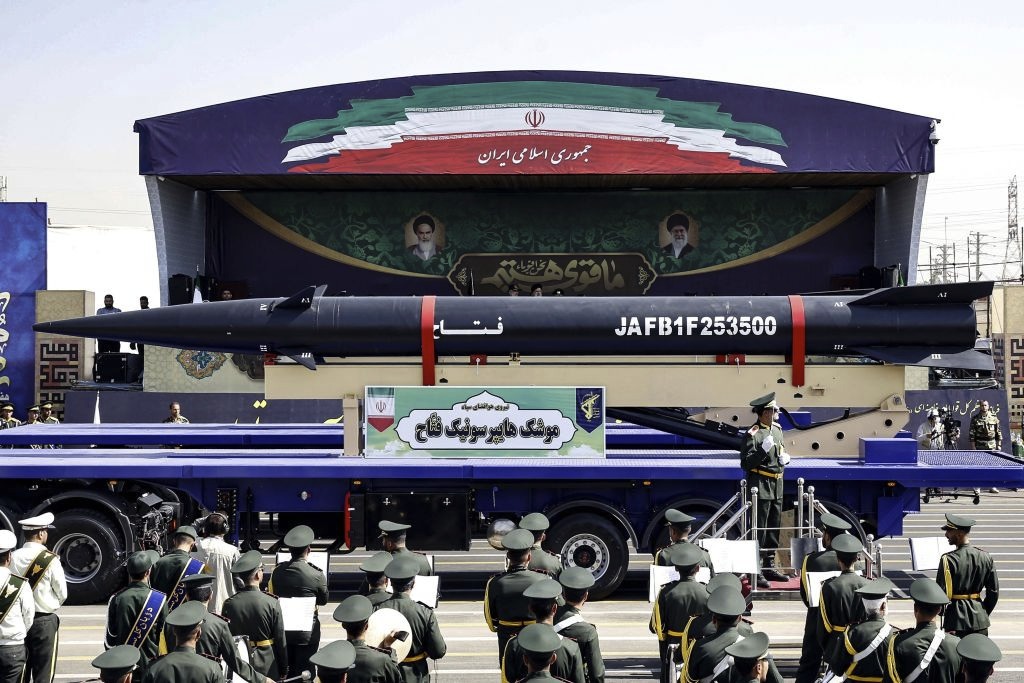How D&G is capitalizing on the Muslim faith
Yara al-Wazir/Al Arabiya/January 17/16
Earlier this month, Italian fashion house Dolce & Gabbana (D&G) announced that their Spring- 2016 collection would see a line of abayas. An advertisement campaign was also launched alongside to entice average Muslim women like me towards the products. Yet the campaign, the models, and all the beauty and lace that is featured in every abaya does not hide what I believe is the real reason behind this line – to capitalize on a religion. Muslims represent a fast growing market in a slowly declining industry. Research by Morgan Stanley suggests that the fashion industry sales are declining in America as millennials are spending more money on rent and bills. Conversely, in the Middle East, the industry is booming. The fashion market in this region is expected to grow from $266 billion to $484 billion in annual sales, representing a compounded growth rate of 16 percent per year. The $266 billion figure is greater than the total spend of Japan and Italy combined. Of course it makes sense for an Italian fashion house to try and tap into the market. The core issue is that religion should not be treated as a commodity to be traded, helping companies rise and fall on the stock exchange. Religion is a deep spiritual connection with God, and while many Muslim women choose to represent this connection through their clothing, this is no excuse for an international company to capitalize on those who choose to express themselves. D&G is hardly trying to play the role of a mediator in a society that has politicized Muslim women’s choice of clothing. D&G is hardly trying to play the role of a mediator in a society that has very much politicized Muslim women’s choice of clothing, specifically the abaya. The abaya and the hijab have left women in the West feeling alienated and sometimes have even led to attacks. In fact, the first quarter of 2015 saw a six-fold increase in Islamophobic attacks in Paris. While there is a lot to be done to include Muslims, particularly women in western society and culture, highlighting and capitalizing the very garment that alienates them is not a valid method.
Lack of authenticity
Muslims come from all walks of life but the models depicted in the advertisement campaign do not remind me of home. There is little authenticity in the garments, which are heavily featured with lace. Many social media users commented on what the models look like, but I will not address that.
Instead, I will address the fact that a number of prominent Muslim women based in the West with active presence on social media would have brought a much needed dose of authenticity to the campaign. A personality such as Dina Torkia, who already has 800,000-member strong Instagram profile would have been the prime model for such a collection.
Keeping our culture local
A large number of fashion houses have tried to capitalize on the growth in the fashion and retail industry in the Middle East over the past few years. This includes Tommy Hilfiger, DKNY, and Mango. Sadly, the products manufactured by them are seen as ‘breakthrough innovative products’. This is far from the truth. The truth is that these products have existed in the market for decades, just without the international branding. Take oud-based perfumes, for example, a staple that I grew up with in the Gulf. The woody scents that once reminded me of my childhood now serve as a reminder of the capitalization of the Muslim faith by Tom Ford, with their range of oud-based perfumes. The same can be said about abayas – there are dozens of local fashion designers who make truly authentic Muslim garments, preserving the culture and heritage. Women like Alanoud Badr, a Saudi-Lebanese fashion consultant and designer, launched a line of stunning abayas for UHS-boutique. As the fashion market in the region is growing, we must use this opportunity to allow local Middle-East based designers to grow with it to a point where they take their fashion lines internationally. This will be better than international fashion houses infiltrating the local market.
Egypt’s new parliament and the clash of mythologies
Abdallah Schleifer/Al Arabiya/January 17/16
When Egypt’s parliament held its inaugural session on Sunday, the constitution’s formula intended to bind together all political factions except the Muslim Brotherhood, invoking the “principles” of the Jan. 25 revolution that led to the overthrow of President Hosni Mubarak, and the June 30 revolution that led to the overthrow of his successor Mohammed Mursi. However, when Mohammed el-Itmani – an MP affiliated with the largest parliamentary faction, the Support for Egypt bloc – hailed these “two great revolutions” as he nominated himself as a candidate for parliament speaker, he was interrupted by independent deputies who denounced the Jan. 25 revolution. Unsurprisingly, they were MPs who had served in Mubarak’s ruling party in the last parliament prior to his overthrow. More than that, they were almost notorious in Egyptian politics as militant defenders of Mubarak when the demonstrations in Tahrir Square quickly turned into a mass uprising. The word revolution implies a profound change in social and political structures, which did not happen.
A large number of current MPs were members of Mubarak’s National Democratic Party (NDP). With strong followings in their districts, they were elected as independents for this first post-Mursi parliament. Most of them did not join in the outburst.
For many Egyptians, NDP membership was simply equivalent to paying dues to participate effectively in public service, as with the Baath Party in Saddam Hussein’s Iraq. That was the case with those former NDP members now serving as MPs who did not raise their voices against the very constitution they had just taken an oath to support. Nor did the two MPs subsequently elected as deputy speakers – both are former NDP members. The newly-elected speaker is constitutional law professor Ali Abdel-Al, a member of the Support for Egypt bloc. He widened the tent of reconciliation when upon being elected as speaker, he called on MPs to observe a minute’s silence for “the martyrs of both the Jan. 25 and June 30 revolutions, as well as those among the police, military and judiciary.”
Uprisings, not revolutions
All of this takes on relevance as Egypt approaches the fifth anniversary of what I prefer to refer to as the Jan. 25 uprising, since the word revolution implies a profound change in social and political structures, which did not happen. Nor did the uprising force Mubarak to flee. What it did was force the military command to face a momentous choice – preserve his rule by firing on millions of protesters, or stage a soft coup and force Mubarak to resign and leave Cairo with his immediate family. So it was the army command, not demonstrators who overthrew him. His mistake was to go to the family compound in Sharm el-Sheikh rather than leave the country, for in the weeks to come, additional demonstrations pushed the authorities to arrest him and his two sons and bring them back to the capital. The same can be said of the June 30 “revolution.” It too was an uprising. There were more protesters demanding that Mursi step down than there were against Mubarak. Mursi refused, as he had refused earlier efforts by the army command, led then by current President Abdel Fattah el-Sisi, to persuade him to negotiate a compromise with opposition parties. That effort became an ultimatum in the wake of June 30. Again Mursi refused, again the army intervened, and again there have not yet been profound social and political changes.






















